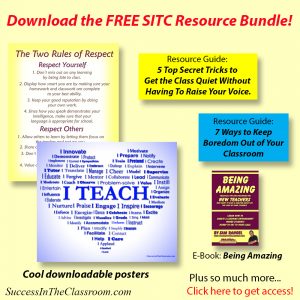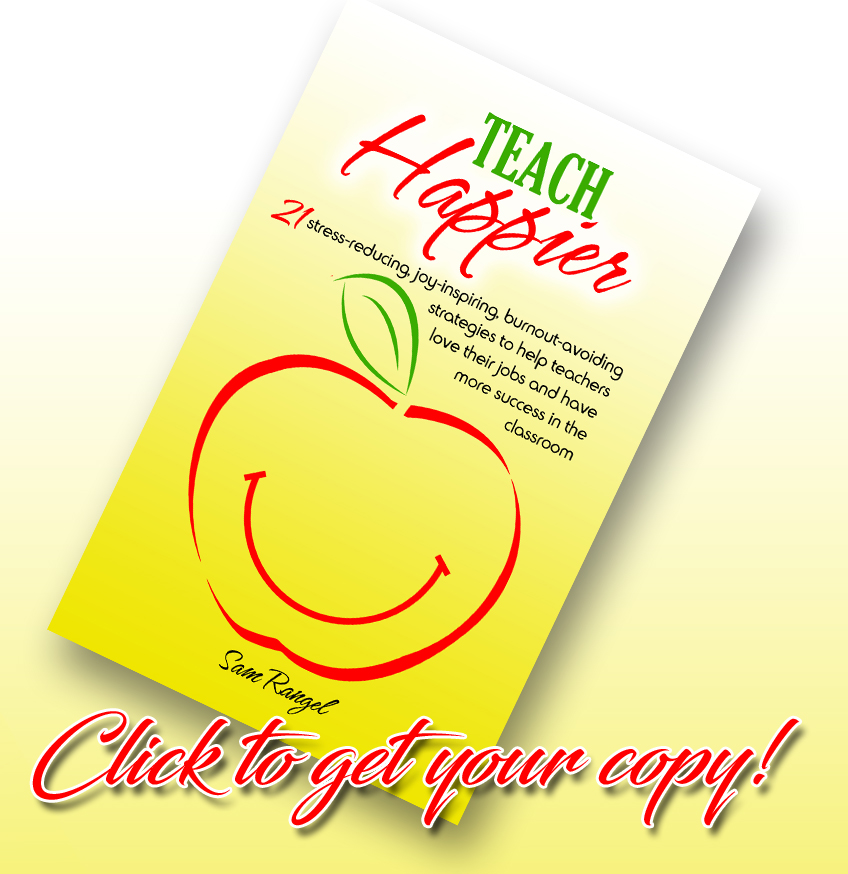Have you heard of UDL?
I have been hearing more and more about Universal Design for Learning (UDL) lately. It’s a framework that is being promoted to help teachers design lessons that will have a greater impact on student learning.
At first, I thought it was some new initiative that was being pushed on teachers to add to their already-full plates.
I was wrong.
Actually, the more I learned about UDL, the more I realized that it’s what amazing teachers do already.
Amazing teachers provide their students different options on how best to demonstrate their mastery of the concept.

The main principles of Universal Design for Learning (UDL) can be summarized as follows:
- Multiple Means of Representation: Provide content in various formats to accommodate diverse learning styles, such as text, audio, video, and visuals.
- Multiple Means of Engagement: Engage students through various methods, allowing for personal interests, motivation, and different ways of learning.
- Multiple Means of Expression: Allow students to demonstrate their understanding in diverse ways, whether through writing, speaking, creating, or other means.
- Flexibility and Accessibility: Create an inclusive learning environment that removes barriers and accommodates the needs of all students, including those with disabilities.
- Ongoing Assessment: Continuously assess and adjust instruction to meet the individual needs of learners.
Basically, teachers create lessons that provide their students flexibility in how to demonstrate that they understand what the teacher wants them to learn.
I used to have students in my history class turn in one kind of assignment, let’s say a biography of a person in history. What I realized was that not all my students were good at writing. They knew the information, but they didn’t have the skills to turn in the assignment that I asked for. As a result, many students just chose to not do the assignment.
When I began to offer different options as to how they can prove to me that they know the information, such as a video, or a poster, or a Power Point presentation, more students turned in their assignments. This was UDL back before I knew what UDL was. By offering options to my kids, I was unknowingly removing barriers and making my class more equitable.
UDL seeks to promote equal opportunities for all students and enhance the learning experience by providing flexibility and customization in the educational process.
UDL works, and any new or soon-to-be teacher who embraces Universal Design for Learning will find success in their classroom!
Looking to learn more?
Katie Novak came and shared her expertise with our district recently, and her book, UDL Now!, gives teachers some practical advice on how to implement UDL into their lessons. I would recommend her book to new and soon-to-be teachers.




